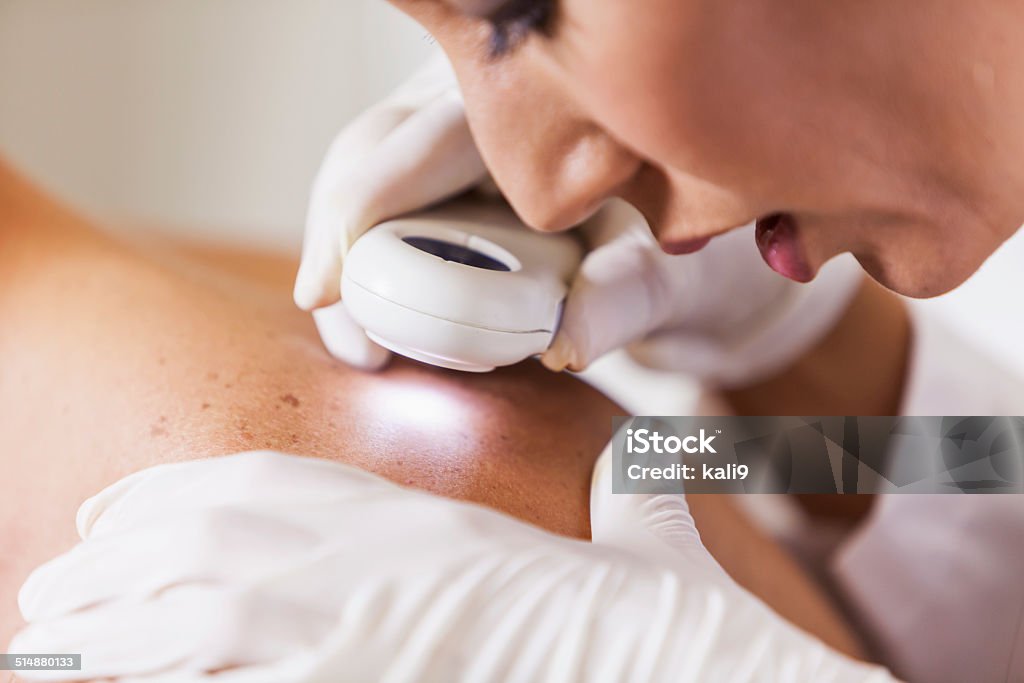
Understanding Moles
Types, Risks and Treatments
What are Moles?
What are moles?
Moles, medically known as nevi, are common skin growths that can appear anywhere on the body. These growths typically present as brown, black, tan, pink, blue, or red spots and can vary in shape, often being round or oval. While most moles are harmless and may change slightly in color or size over time, it’s crucial to monitor them for any significant changes, as this can be an early sign of skin cancer, particularly melanoma, the most serious form of skin cancer.
Types of Moles
Common Moles
These are typically acquired after birth and usually number between 10 and 40. They often appear on sun-exposed areas of the skin and are generally round with a uniform color.
Congenital Moles
Present from birth, congenital moles can vary in color and are often flat. These moles can carry a higher risk of developing into melanoma, particularly if they are larger than 8 inches in diameter.
Atypical Moles (Dysplastic Nevi)
Larger and often irregular in shape with varied colors, atypical moles can resemble melanoma. They are more likely to develop into melanoma compared to common moles, especially if they are numerous.
Larger and often irregular in shape with varied colors, atypical moles can resemble melanoma. They are more likely to develop into melanoma compared to common moles, especially if they are numerous.
Risks and Causes
While moles are common and generally benign, certain factors can increase the risk of developing melanoma:
- Genetics: Family history of melanoma or atypical moles.
- Age: New moles appearing after age 20 warrant closer examination.
- Hormonal Changes: Pregnancy and other hormonal shifts can influence mole development.
- Sun Exposure: Frequent exposure to ultraviolet (UV) rays from the sun or tanning beds can increase the risk of mole changes.
Identifying Problematic Moles
To assess whether a mole may be cancerous, consider the following ABCDEs:
- Asymmetry: One half of the mole differs in shape or color from the other half.
- Border Irregularity: The edges of the mole are uneven or blurred.
- Color: The mole has multiple colors or uneven pigmentation.
- Diameter: The mole is larger than the size of a pencil eraser.
- Elevation: The mole is raised or has undergone noticeable changes.
If you notice any of these signs, or if a mole becomes painful, itchy, or starts to bleed, it is important to consult a dermatologist promptly.
Treatment Options
While most moles do not require treatment, removal may be recommended for various reasons, including cosmetic concerns or potential health risks. Common methods for mole removal include:
- Surgical Shave: The mole is removed with a blade at the skin’s surface.
- Surgical Excision: The mole is cut out completely, and the area is stitched if necessary.
- Cryotherapy: Liquid nitrogen is used to freeze and remove the mole.
- Cantharone Treatment: A blistering agent is applied to the mole to promote removal.
Treatment costs can vary based on the mole’s size, location, and whether it is removed for medical or cosmetic reasons. Insurance coverage often includes medically necessary removals but may not cover cosmetic procedures.
Finding a Specialist
If you’re seeking a qualified dermatologist for mole evaluation or removal, it’s essential to choose a board-certified specialist. These professionals are trained to provide thorough skin evaluations and ensure safe, effective treatment.
For a comprehensive skin assessment or to address any concerns about your moles, please contact our office. Our expert dermatologists are dedicated to providing compassionate care and tailored treatment solutions to meet your needs.
